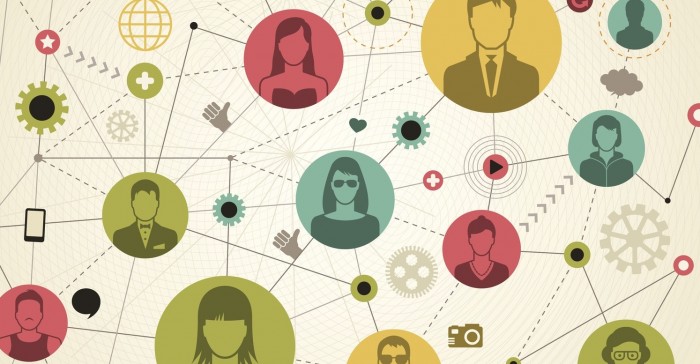Using Big Data to Enhance Population Health Management
Earlier this summer, experts from leading healthcare organizations highlighted ways big data can improve population health management.

Source: Thinkstock
- To improve population health management, providers should use big data to understand how to best meet the needs of the community.
In a panel convened by HealthITAnalytics, informatics leaders from Stanford Children’s Health, Jefferson Health, and Geisinger discussed big data and its role in enhancing population health management.
Geisinger Director of Machine Learning Abdul Tariq explained that the standard definition of big data focuses on three V’s: velocity, volume, and variety. However, when conceptualizing big data, Tariq primarily focuses on variety and volume.
“When we talk about machine learning and population health, we’re very interested in not just utilizing our electronic medical record only, or our claims, or the surveys that we conduct. We want to utilize all of this in a single cohesive framework,” Tariq said.
Additionally, how organizations choose to handle, manage, and store big data is vital for analytics. By gathering big data, organizations can assess the needs of their patients and provide care to close any gaps.
Big data is often used to address population health concerns to assist large communities of people. However, before big data collection, there needs to be an understanding of patient metrics and risk scores development.
“Some of the things that we’re trying to start figuring out how to use is things like risk scores that might pull a number of different metrics from all over the system. Basics like age, gender, insurance, and more complicated things like certain past medical history and lab values. We can then pull that all into a more broad overview of the patient, with the idea being that you can then target your outreach,” said Jefferson Health’s Medical Information Officer Bracken Babula.
Increasingly, big data and population health management are being used in work with social determinants of health. At Stanford Children’s, researchers are collecting data from patients to better understand environmental factors that could impact an individual’s health.
“The one huge aspect of this that we’re looking at Stanford Children’s is around the social determinants of health. Understanding what are the conditions, beyond just the typical things you collect in a physician visit. Is there domestic violence or food insecurities, or things like that, that really would ultimately affect the patient’s health down the road and may have different interventions than a typical physician visit?” revealed Stanford Children’s Chief Analytics Officer Brendan Watkins.
Jefferson Hospital also studied social determinants of health regarding the COVID-19 vaccine. The hospital used metrics call the social vulnerability index and the community need index to assess and target where the vaccines should go.
For the future of big data in population health management, Tariq said she sees consumer health informatics expanding not only in healthcare but also in the tech and provider world.
“As more and more people get these wearable devices like Fitbit, Apple Watch, that data will start getting captured, then there will be a market that will open up where technology companies will start providing some of these insights that traditional health systems have provided,” Tariq said.
“With that regulation, I’m sure there will be policy enactments that will change how providers deliver care. Then, eventually, the policy will shift how providers, systems, get into this space, and what that means.”
As research continues to expand big data capabilities, organizations can learn more about how to use artificial intelligence and machine learning to provide better care for patients and improve population health management.
“We’re just still scratching the surface of machine learning with lots of the different things like the wearables or radiological studies or other things. There’s a lot more we can do. We can get a lot more sophisticated than that,” Watkins said.
